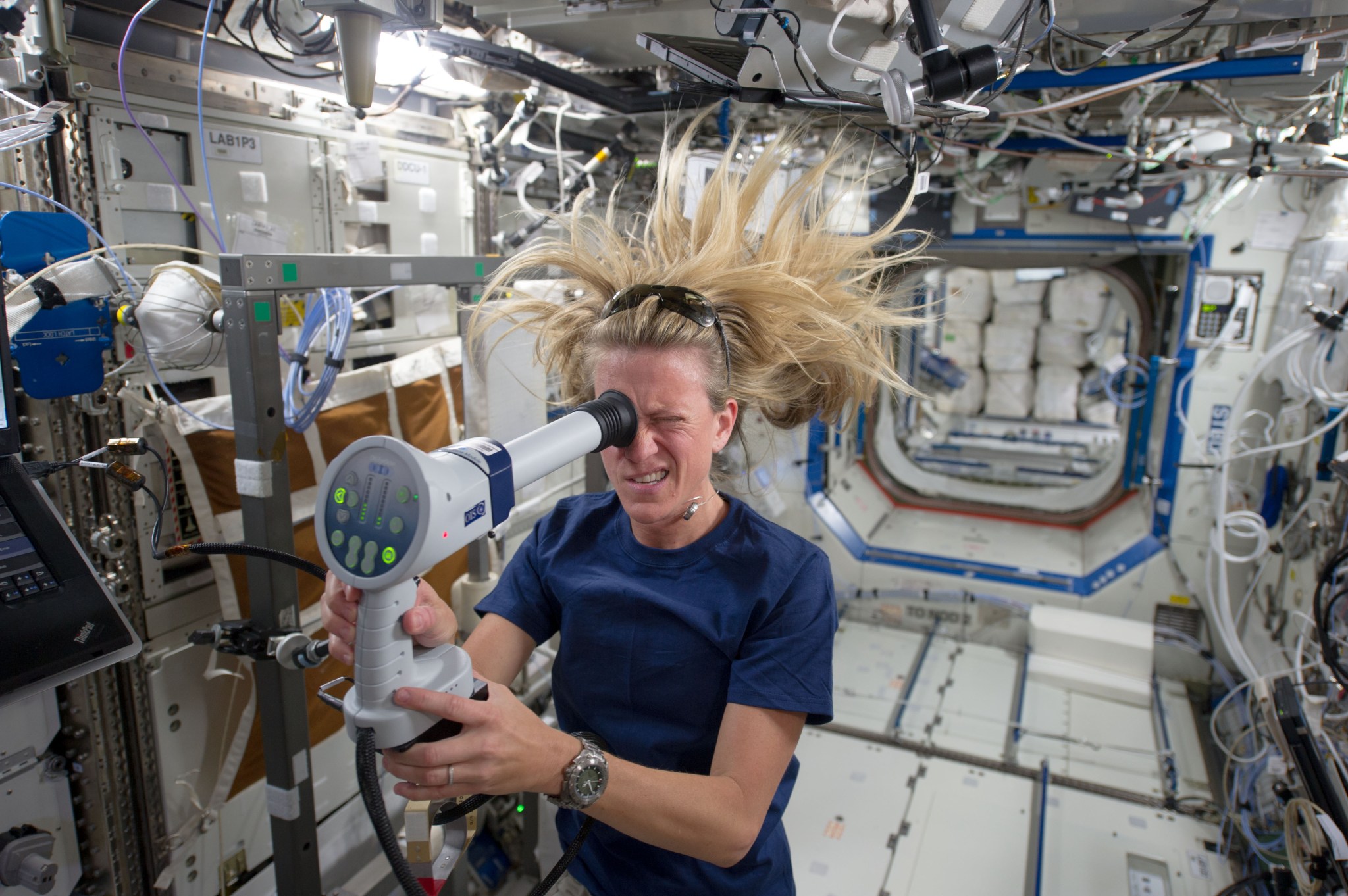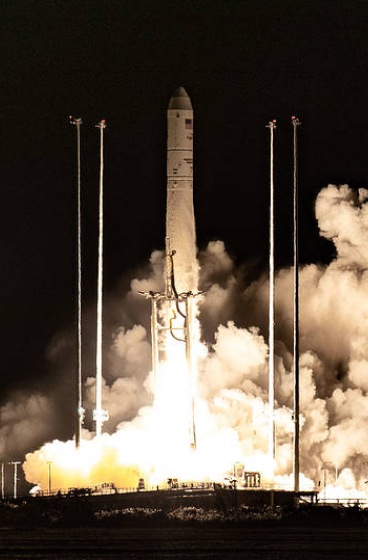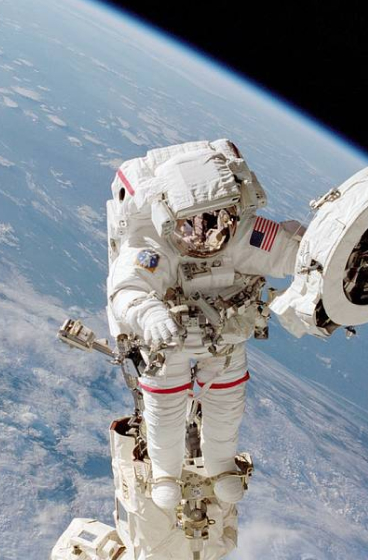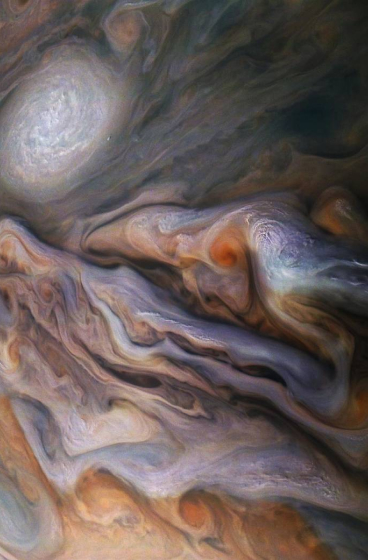Computational modeling is the use of computers to simulate and study the behavior of complex systems using mathematics, physics, computer science, machine learning, and artificial intelligence techniques. Researchers at NASA Glenn are specifically helping to quantify spaceflight-induced changes in human physiology to help characterize the risks to astronauts during exploration missions. The crew health and performance probabilistic risk assessment (CHP-PRA) project extends beyond PRA analysis on the medical system to the entire crew health and performance system. These computational models serve as decision support tools for mission planners to understand trades within capabilities for a variety of mission characteristics and crew complements. There are many factors to consider including over thirty human spaceflight risks, health and performance standards, vehicle constraints and mission objectives, and crew training and skill mixes. The NASA Human Health, Medical, and Performance Spaceflight Standards (NASA-STD-3001) addresses a range of systems including ground operations, countermeasures, behavioral health, medical capability, environmental health, and extravehicular activity health and requires NASA programs to utilize PRA techniques to understand and estimate risk to the crew.
Computational Modeling Projects
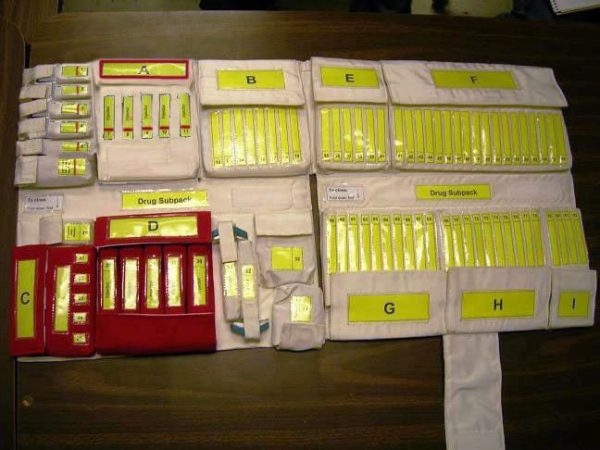
Crew Health and Performance Risk Assessment
Quantifying risks associated with long duration exploration missions is essential to minimize negative impacts such as Loss of Crew Life, Evacuation and Quality Time Lost.
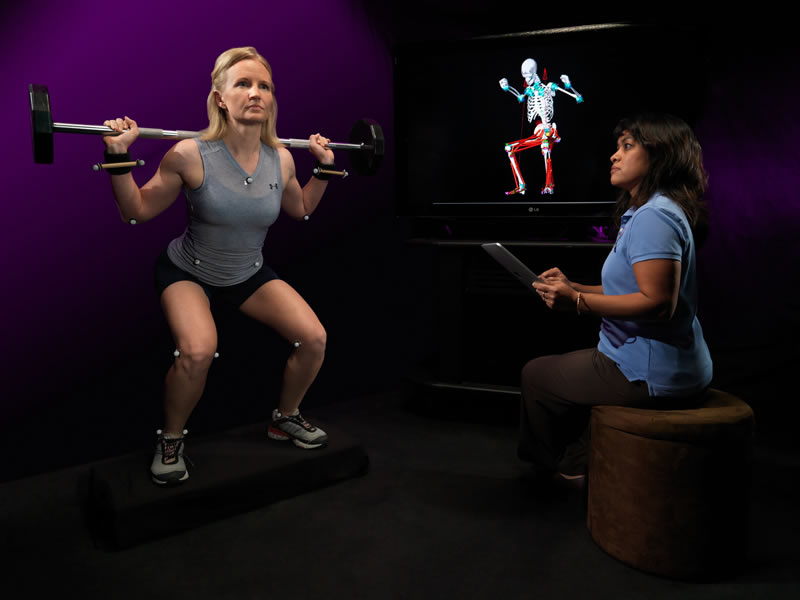
Musculoskeletal
There exists very limited data for determining the effectiveness of human health and performance countermeasures intended to preserve astronaut health during long duration space exploration missions.
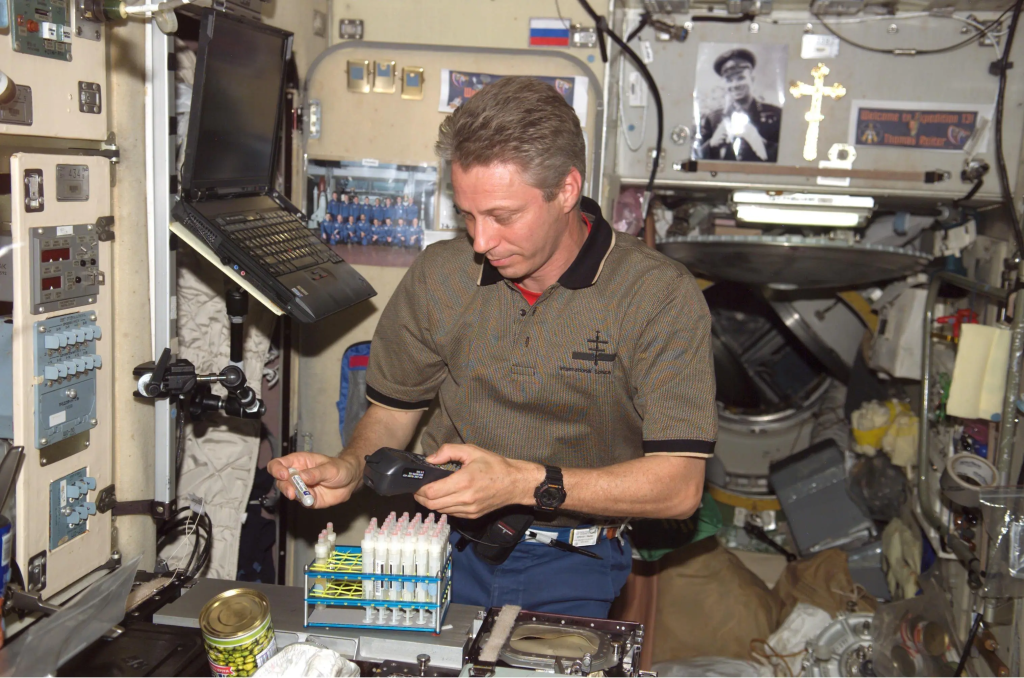
Renal Stone Incidence Rate Quantification
Renal stones are small rock-like deposits of calcium oxalate crystals and other minerals that form in the kidneys or urinary tract.
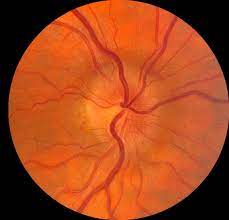
Spaceflight Associated Neuro-ocular Syndrome
In several cases, astronauts have experienced lasting changes in their visual acuity when they returned to earth after long-duration spaceflight missions aboard the International Space Station.



























